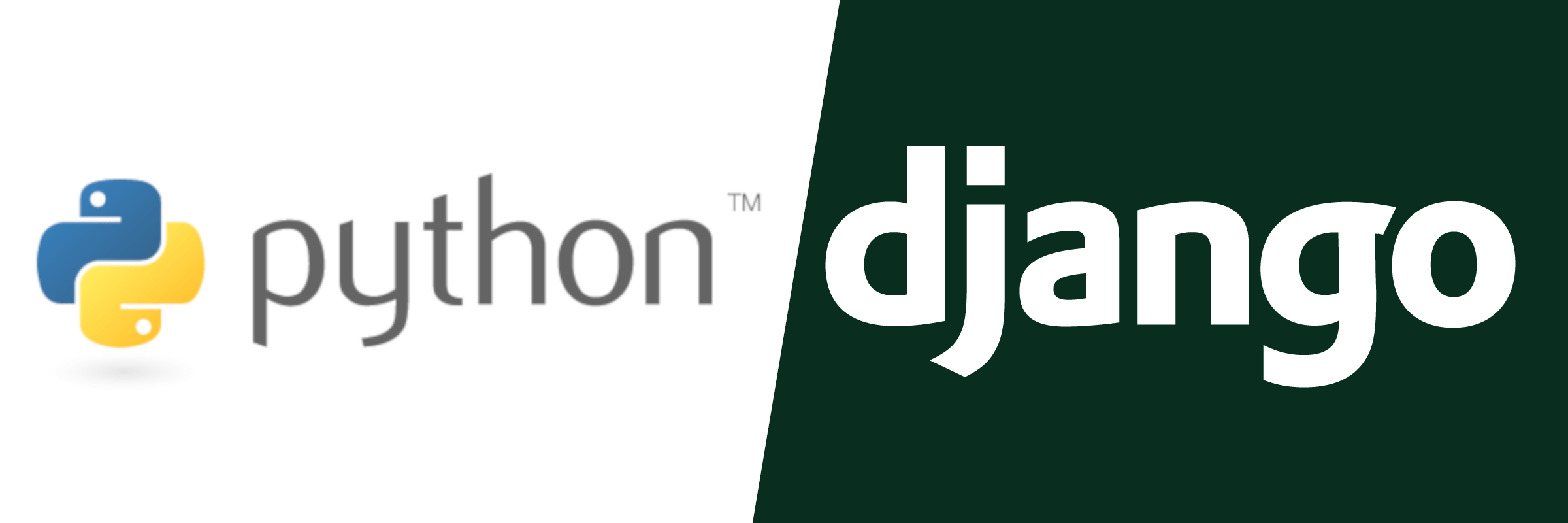Notes
In this episode, we added WhiteNoise to the app as a tool for handling static assets. This lets us move away from depending on Nginx for the task and gives shiny new features like Brotli support.
We installed WhiteNoise
into the requirements.in file
and used pip-tools
to generate a new requirements.txt.
whitenoise[brotli]==4.1.4
Once WhiteNoise was installed, it needed two primary settings changes.
- Add a new middleware.
- Change the
STATICFILES_STORAGE.
MIDDLEWARE = [
...
"whitenoise.middleware.WhiteNoiseMiddleware",
...
]
STATICFILES_STORAGE = \
"whitenoise.storage.CompressedManifestStaticFilesStorage"
This was enough to get WhiteNoise working. We checked the local development server, and the site continued to operate normally.
Unfortunately,
the configuration was not enough to make static assets work
with the Shiv app.
Since STATIC_ROOT used a relative value
of static,
Shiv couldn’t find the static files.
This relative pathing was the same problem I faced
when getting the templates directory working
with the Shiv app.
We used the same solution
and switched to:
import conductor
conductor_dir = os.path.dirname(conductor.__file__)
STATIC_ROOT = os.path.join(conductor_dir, "static")
Finally,
we needed to make the conductor package hold the collected static files.
We could do this by tweaking MANIFEST.in
with the following addition:
recursive-include conductor/static *
On the next stream, we’ll make some CI changes and update deployment to discontinue use of Nginx for serving static files.

